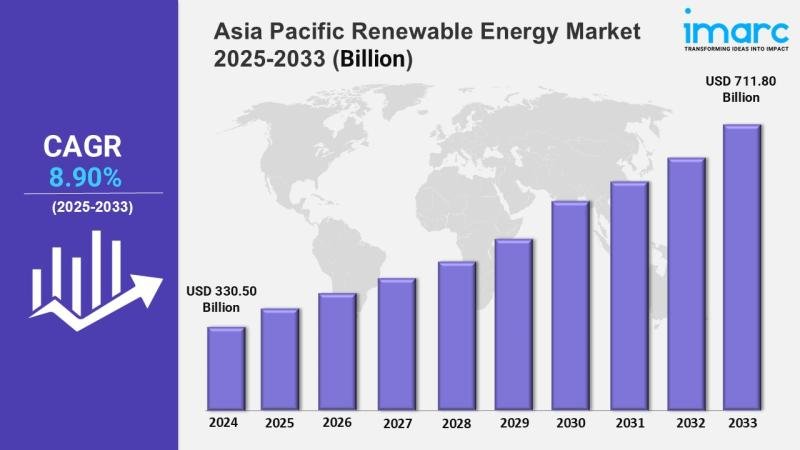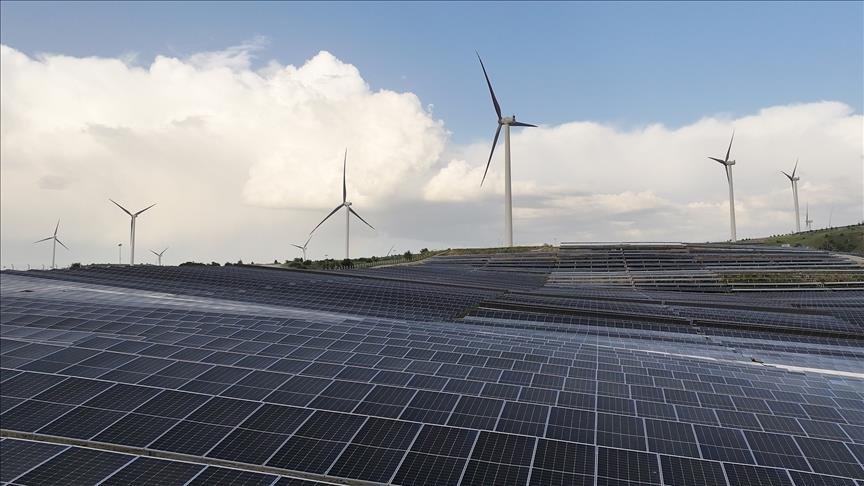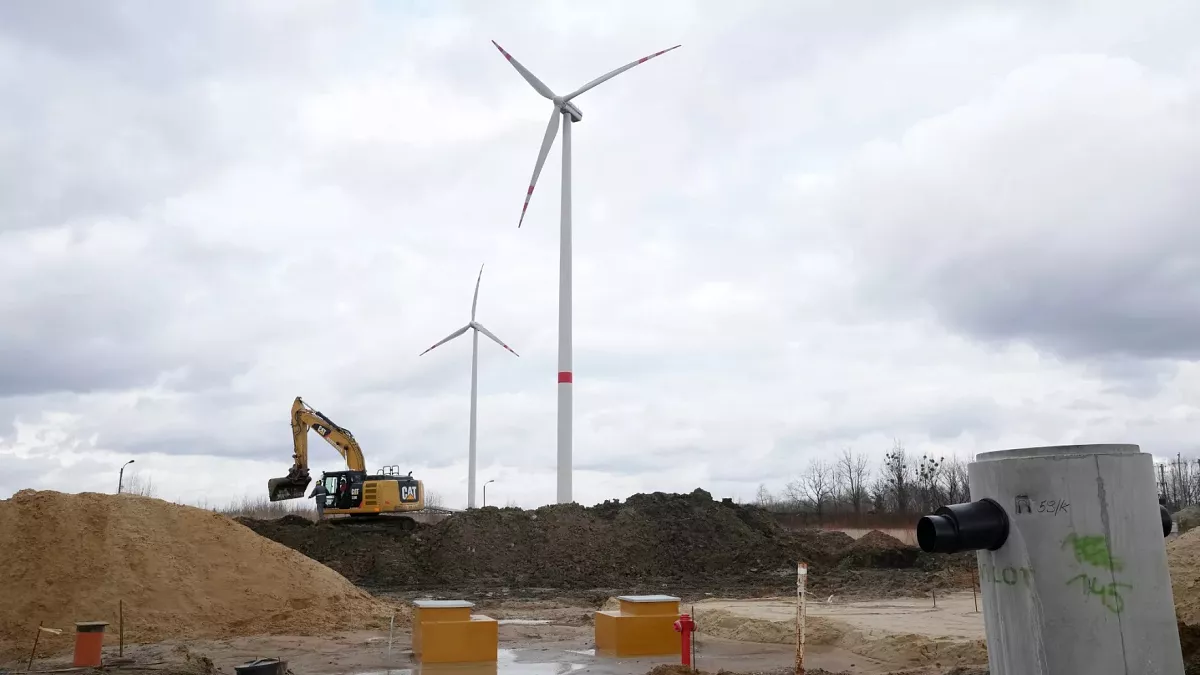The Asia Pacific renewable energy market is poised for substantial growth, projected to increase from $330.50 billion in 2024 to $711.80 billion by 2033, reflecting a compound annual growth rate (CAGR) of 8.90% from 2025 to 2033. This forecast comes from the latest report by IMARC Group, which provides a detailed analysis of the sector’s trends and developments.
Several factors are driving this growth, including rising energy demand, supportive government policies, and advancements in renewable technologies. Countries in the Asia Pacific region prioritize clean energy transitions to reduce reliance on fossil fuels and combat climate change. Solar and wind energy dominate the market; however, there is a noticeable increase in large-scale projects and decentralized energy solutions.
Government incentives, favorable regulations, and subsidies are encouraging private sector involvement and attracting foreign investments. The declining costs of renewable technologies, particularly solar panels and wind turbines, have made these energy sources more accessible. Developing nations are leveraging renewable energy to expand energy access in rural areas, while established markets focus on integrating renewables into the grid and enhancing energy storage solutions for improved reliability.
Research and development in storage technologies and smart grids are also transforming the renewable energy landscape in Asia Pacific. Innovations in battery storage, particularly lithium-ion and emerging battery technologies, are essential for stabilizing renewable energy supplies. The combination of solar, wind, and storage systems is gaining traction, offering reliable power generation solutions. Digitalization and artificial intelligence are further optimizing energy management, allowing for better demand prediction and grid balance.
Regional cooperation is on the rise, with cross-border energy trade and collaborative infrastructure projects enhancing integration. Despite challenges such as regulatory inconsistencies, land acquisition issues, and financial barriers, public-private partnerships and international collaborations are emerging as effective strategies to overcome these obstacles.
As urbanization and industrialization continue, the demand for sustainable energy solutions will intensify, positioning the Asia Pacific region as a key player in the global shift towards renewable energy. The market segmentation includes hydro power, wind power, solar power, and bioenergy, with applications spanning industrial, residential, and commercial sectors. Key countries analyzed in the report include China, Japan, India, South Korea, Australia, and Indonesia.
The report also addresses the impact of COVID-19 on the market, outlines competitive dynamics, and identifies strategic recommendations for industry players. With increasing corporate commitments to carbon reduction and the ongoing development of renewable technologies, the Asia Pacific renewable energy market is set to expand significantly in the coming decade.




